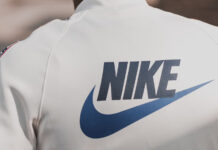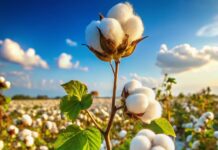The global textile automation market is forecasted to achieve significant growth, with projections indicating a rise of $664 million between 2025 and 2029, according to a report by Technavio. The market is expected to witness a compound annual growth rate (CAGR) of 3.2%, driven by advancements in energy-efficient technologies, ERP integration, and AI-powered innovations transforming the textile manufacturing landscape.
Key Drivers and Trends
The adoption of Enterprise Resource Planning (ERP) solutions is a key growth driver, enabling streamlined operations across finance, production, supply chain management, and human resources. This integration minimizes communication gaps between departments and enhances manufacturing efficiency. Coupled with digital transformation, ERP systems are central to optimizing textile production processes.
Automation technologies, such as robotics, IoT-based controls, and smart sensors, are also reshaping the industry. Solutions like SCADA and IIoT ensure transparency and operational efficiency, while AI and machine learning boost predictive maintenance, improve accuracy, and accelerate decision-making.
Regional Insights
The Asia-Pacific (APAC) region is expected to lead the market, contributing 46% to global growth during the forecast period. Nations like China, India, and Pakistan are heavily investing in modernization to meet the increasing demand for textile products. Meanwhile, Europe and North America are focusing on energy-efficient and sustainable automation solutions.
Challenges and Solutions
A shortage of skilled labor remains a key challenge, as the demand for professionals capable of operating advanced automation systems surpasses supply. Countries like Germany reported significant gaps, with 63,000 apprenticeship positions unfilled in 2021. To address this, companies are launching training initiatives and workforce development programs to bridge the skills gap.
Tax incentives and funding programs are further encouraging the adoption of automation technologies, helping manufacturers reduce labor dependency and enhance productivity, precision, and cost management.
Market Segmentation and Players
The report segments the market based on components such as:
-
Field Devices: Motors, drives, valves, and actuators critical for textile production.
-
Control Devices & Communication Solutions: Ensuring seamless integration across manufacturing systems.
-
Hardware, Software, & Services: Comprehensive solutions for production optimization.
Key players in the market include ABB Ltd., Siemens AG, Schneider Electric SE, Honeywell International Inc., Rockwell Automation Inc., Delta Electronics Inc., and KUKA AG. These companies are at the forefront of developing innovative solutions for smart manufacturing and sustainable textile production.
Conclusion
As the textile sector embraces Industry 4.0 technologies, automation continues to play a vital role in maintaining competitiveness in a dynamic market. By integrating advanced technologies like AI, IoT, and ERP systems, manufacturers are achieving operational efficiency, reducing costs, and strengthening sustainability practices.






























